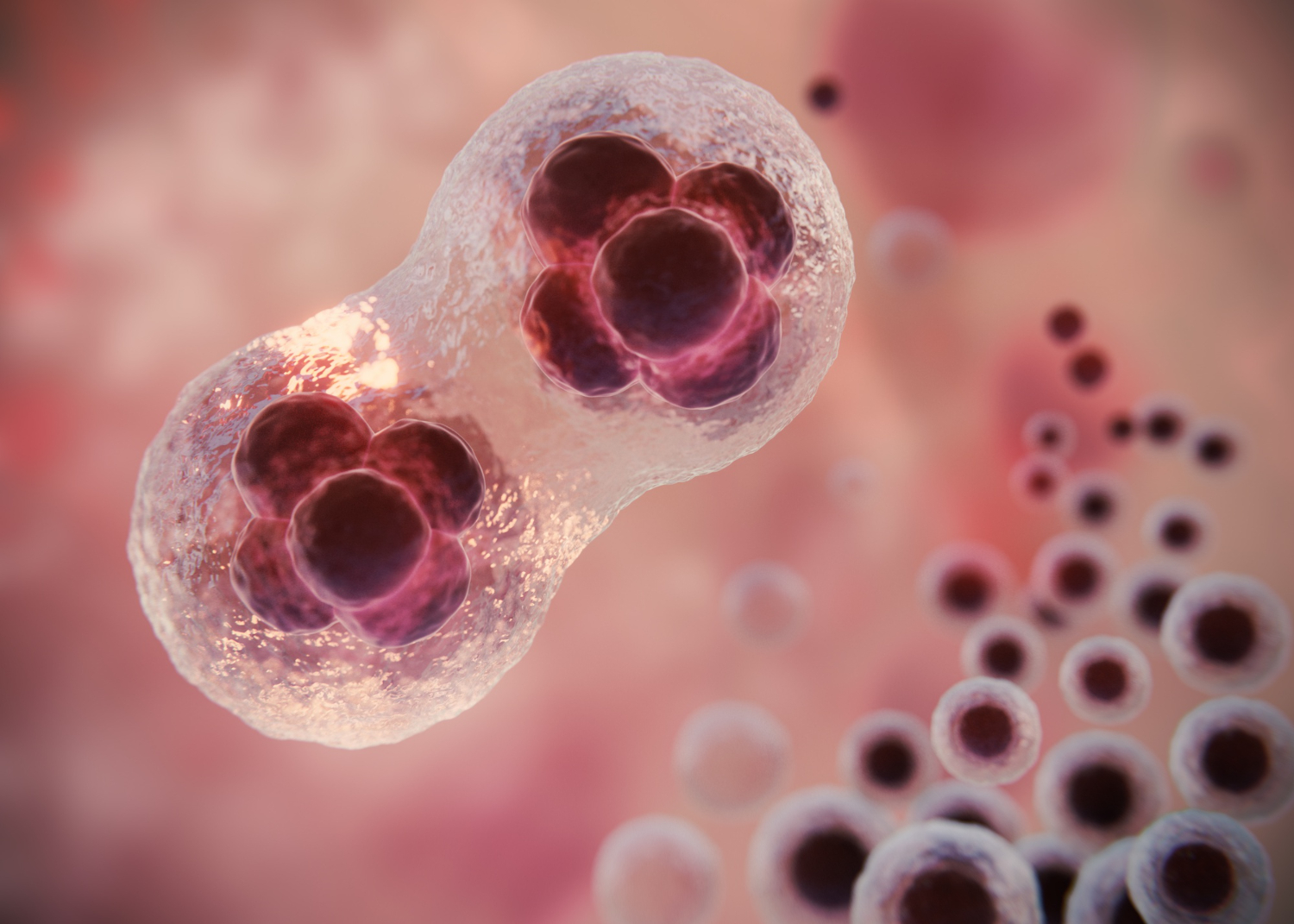KEY TAKEAWAYS
- The phase 1/ 2 trial aimed to extend findings from the phase Ib trial, aiming to analyze molecular markers and resistance mechanisms in patients with HER2-positive metastatic breast cancer.
- The results showed associations between biomarkers and outcomes, suggesting hypothesis generation for validation in future studies due to sample size.
In their earlier phase Ib trial, researchers evaluated the safety, tolerability, and efficacy of T-DM1 + neratinib in HER2-positive metastatic breast cancer. Patients demonstrating ERBB2 amplification in ctDNA exhibited more profound and sustained responses.
Samuel A Jacobs and the team aimed to expand upon these findings by thoroughly analyzing molecular markers and resistance mechanisms in additional patient cohorts.
The study included 49 patients with HER2-positive, identified locally, who experienced progression while receiving trastuzumab + pertuzumab. They utilized the Guardant360 assay to evaluate mutations and HER2 amplifications in ctDNA before (C1D1) and during treatment (C2D1).
Whole transcriptome analysis, HER2 copy number assessment, and mutation analysis were conducted on archived tissue (TP0) and study entry biopsies (TP1) using Ampli-Seq. Central HER2 assessment was performed using CLIA assays. Patient responses were evaluated using RECIST v1.1 criteria, while the Guardant360 Response algorithm was employed for Molecular Response assessment.
The overall response rate (ORR) in phase II stood at 7/22 (32%), including all patients who received at least one dose of the study therapy. In phase I, the ORR was 12/19 (63%), limited to patients deemed evaluable, with their initial scan conducted at 6 weeks. Central confirmation identified HER2-positivity in 83% (30/36) of TP0 samples. HER2-amplified ctDNA was detected at C1D1 in 48% (20/42) of samples.
Patients with ctHER2-amp versus non-amplified HER2 ctDNA at C1D1 had a median progression-free survival (PFS) of 480 days compared to 60 days (P = 0.015). Molecular Response scores were significantly associated with PFS (HR 0.28, 0.09-0.90, P= 0.033) and best response (P= 0.037).
All 5 patients exhibiting ctHER2-amp at C1D1, with subsequently undetectable ctDNA post-therapy, achieved an objective response. Patients experiencing decreased ctHER2-amp during treatment demonstrated superior outcomes to those with unchanged levels. HER2 RNA levels correlated with HER2 CLIA IHC status, notably significantly elevated in patients with documented clinical responses versus those with progressive disease (P= 0.03).
The study concluded that several biomarkers, including ctHER2-amp (at C1D1 or in TP1), Molecular Response scores, loss of detectable ctDNA, RNA levels of HER2, and on-treatment loss of detectable ctHER2-amp, were linked to improved outcomes in patients treated with T-DM1 + neratinib.
Furthermore, HER2 transcriptional and IHC/FISH status effectively identified HER2-low cases among heavily anti-HER2 treated patients. However, given the limited number of patients and samples, the observed associations are intended for hypothesis generation and necessitate validation in future studies.
Source: https://pubmed.ncbi.nlm.nih.gov/38650031/
Clinical Trial: https://clinicaltrials.gov/study/NCT02236000
The trial was sponsored by the NSABP Foundation Inc.
Jacobs SA, Wang Y, Abraham J, et al. (2024). “NSABP FB-10: a phase Ib/II trial evaluating ado-trastuzumab emtansine (T-DM1) with neratinib in women with metastatic HER2-positive breast cancer.” Breast Cancer Res. 2024 Apr 22;26(1):69. doi: 10.1186/s13058-024-01823-8. PMID: 38650031; PMCID: PMC11036567.



